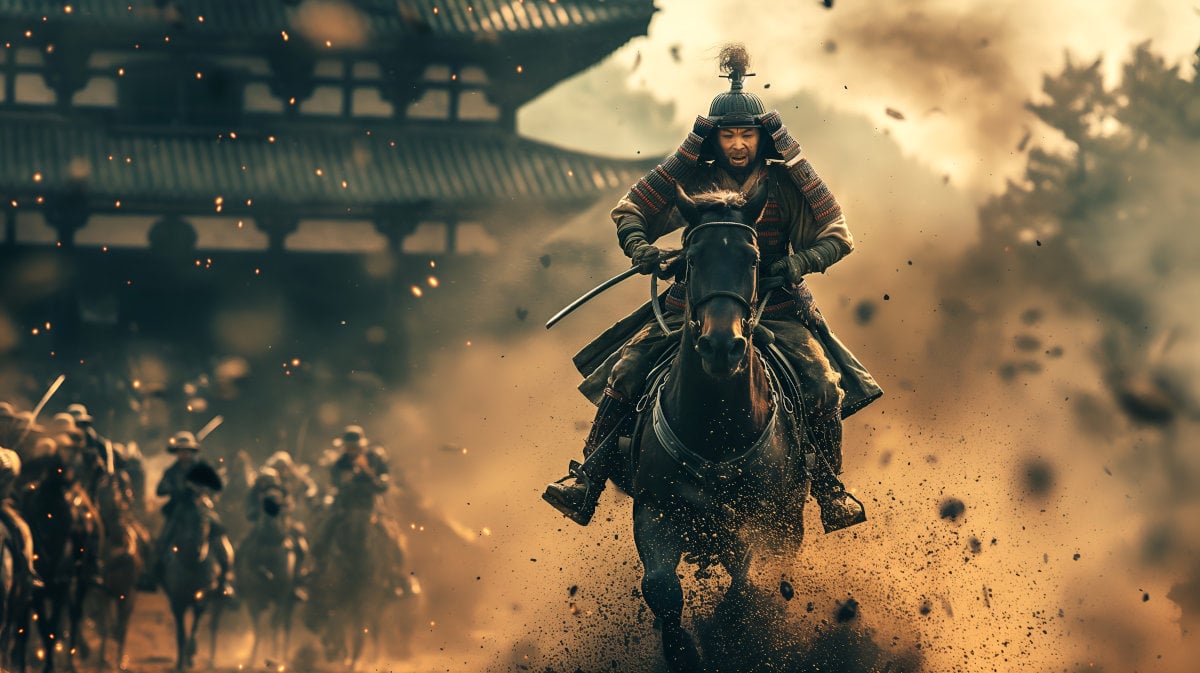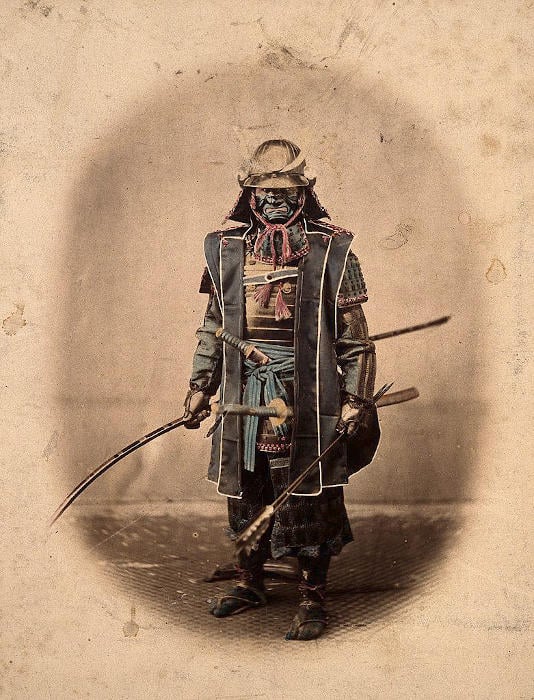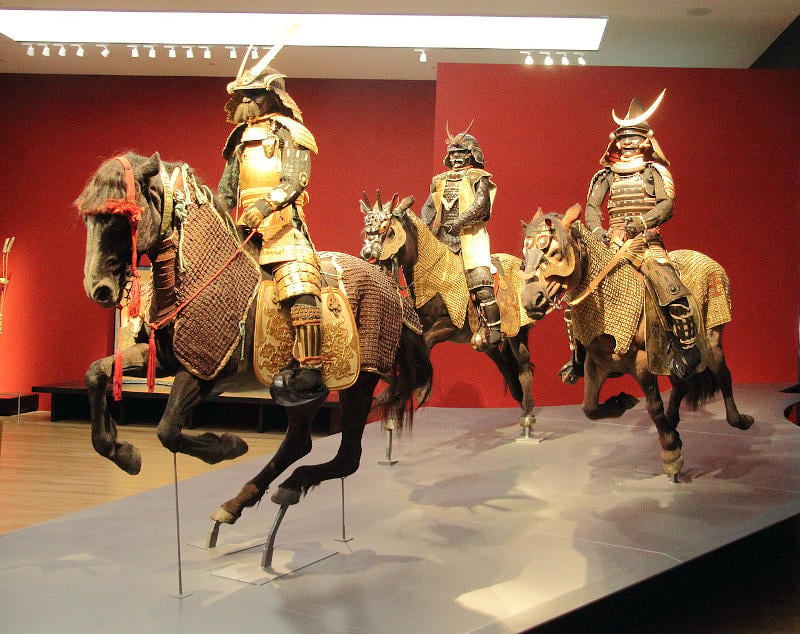
Ancient Japanese Feudalism and the Samurai Class
For most of the medieval period, feudalism was the dominant social system across the world. In Japan, however, it took on a distinct form, adapted to the traditions and the cultures of this eastern nation. There, it became closely connected with the rapid rise of the Samurai social class, and thus shaped the evolution of that country, from roughly 1185 AD until 1868 AD and the Meiji Restoration. But unlike the feudal system in Europe, which was based on land and vassalage, the Japanese version was more oriented towards loyalty, honor, prowess, and military power. And who exuded these traits better than the famed Samurai?
- A Dark Time for the Samurai and the Trouble with the Feudal Japanese Caste System
- Ninjas, Foot Soldiers, Warrior Monks and Pirates: The Many Fierce Warrior Classes of Feudal Japan
The Rise of Feudalism in the Far East
Feudalism in ancient Japan developed as a direct response to the troubled state of the nation in early Middle Ages. Around the time of the Heian period, which lasted from 794 to 1185 AD, political power in Japan was in a crisis, being increasingly fragmented and decentralized. The Imperial court, situated in the city of Kyoto, began losing their power and control over the provinces, even though they were - for a time - the uncontested power in Japan. In their stead, the local militarized clans began to rise steadily, eventually establishing their own private estates, which were known as shōen. These estates were exempt from the control of the government and did not pay taxes - all of which brought to the weakening of the court. At the head of these independent estates were powerful noble families, clans that possessed their own armies, and as such wielded significant power.

Colorized photograph of Japanese military commander, Koboto Santaro wearing traditional Samurai Armor, ca. 1868. (Wellcome Library /CC BY-SA 4.0)
But in time, these armed clans began to contest for power, influence, and land, often resorting to armed clashes. By the 12th century, two of the most powerful clans began fighting for control over the entire Japan. These were the Taira and Minamoto clans. What ensued was a prolonged and devastating Genpei War (also known as Jishō–Juei War), which ran from 1180 to 1185 AD. From this bitter clash, the Minamoto Clan emerged victorious, and established the very first shogunate in Japan, under their leader, Minamoto no Yoritomo. A shogunate was a military government, holding all the political power in Japan, but only superficially ruling in the name of the Emperor. And from that point on began the Kamakura Period in Japanese history, running from 1185 until 1333 AD. And within it were sown the seeds of emerging Japanese feudalism.
In time, the shogunate, at whose heart was the ruling bakufu (幕府), meaning "government from the curtain", became the central institution of Japan, and it wielded all the real power - political and military. In stark contrast, the revered Imperial court now only had a ceremonial role, being the age-old “tradition” in Japan. And soon enough, a new layout in the country appeared. The ruling shogun divided the nation into several regions, each governed by a daimyō, a powerful magnate, landholder, and feudal lord. They answered to the shogun himself, and exerted significant power over the regions they governed, collecting taxes, organizing their vast armies, and keeping order on behalf of the ruler.
The Honor of the Samurai Warriors
Next in rank beneath the daimyōs were the famed samurai. They belonged to a distinct, traditional warrior class that were bound to a strict code of honor. It was called bushido, meaning “the way of the warrior”. The chief aspects of this code were loyalty, honor, discipline, courage, and a closely defined ethical framework in which the samurai lived. Originally, these men served as provincial warriors, but as the political power in Japan became fragmented, they adopted a new role, rising in prominence. The samurai became, for the most part, something akin to the “knight” in Europe. They established militarized families or “houses”, and by the 10th century they were the foremost protectors of the shoen estates, due to frequent clashes between rival clans. Providing order and military protection, powerful samurai became the de facto leaders of their respective regions.
It is important to understand that a samurai was not simply a skilled soldier. These were elite warriors, masters of warfare and capable of holding real administrative and political roles. And after the Genpei War and its consequences, the samurai solidified their position in the new society. This is because they were crucial to the functioning of that new system - they kept the military at the ready and served as stewards of the estate of the daimyo lord. The latter showed his gratitude for the samurai’s loyalty by granting them estates, lands, and stipends, which only served to solidify the emerging feudal system.

Display of samurai warriors riding horses into battle. (Rabe! / CC BY-SA 4.0)




